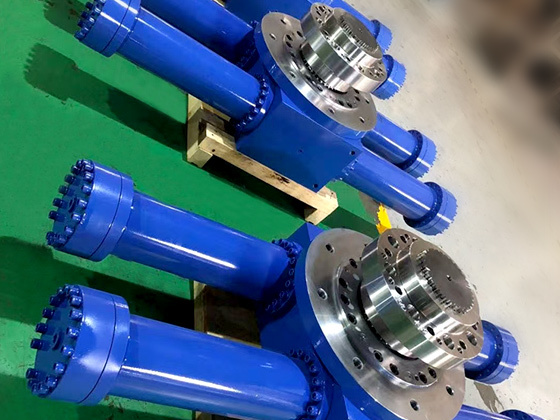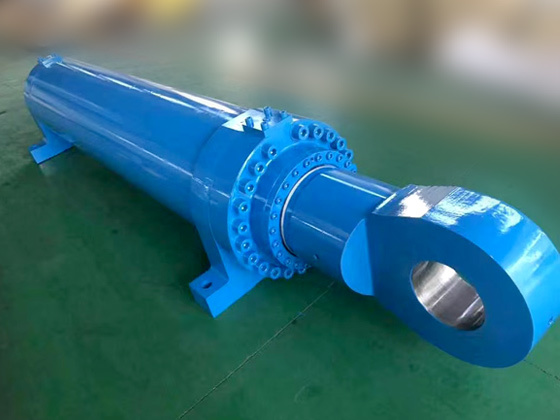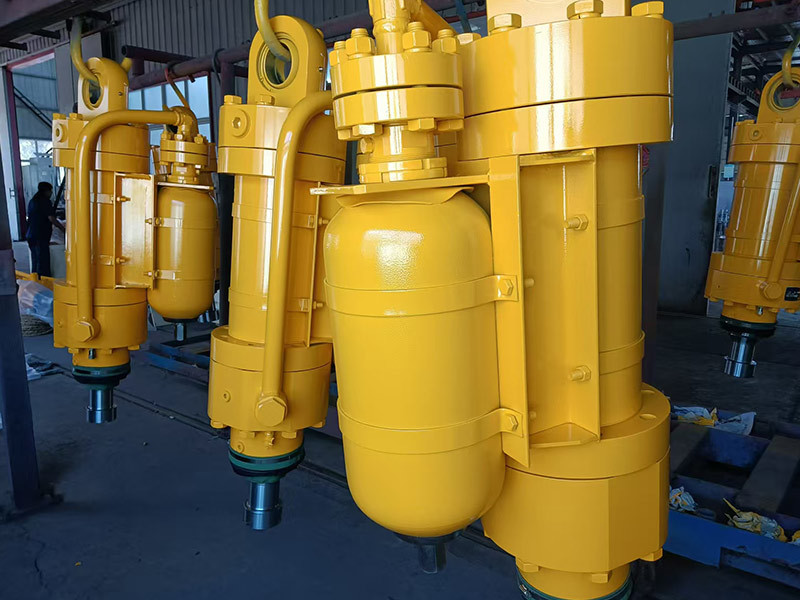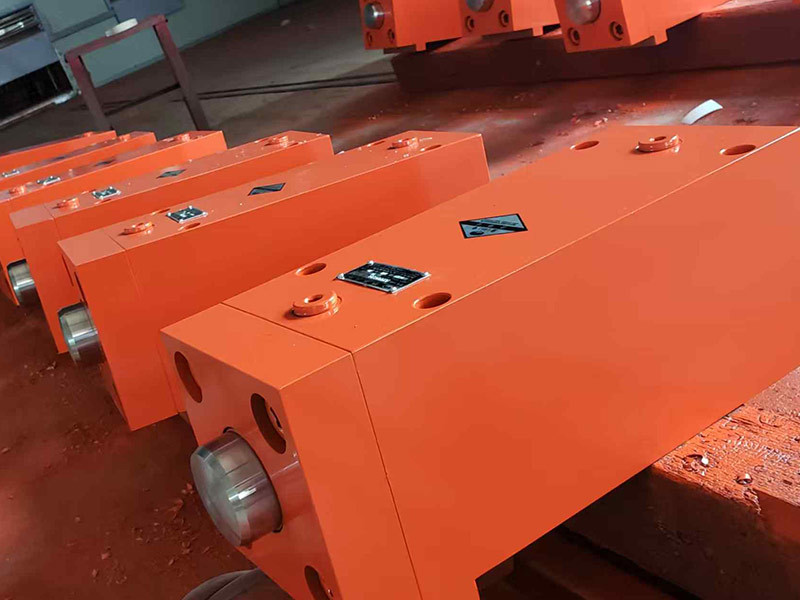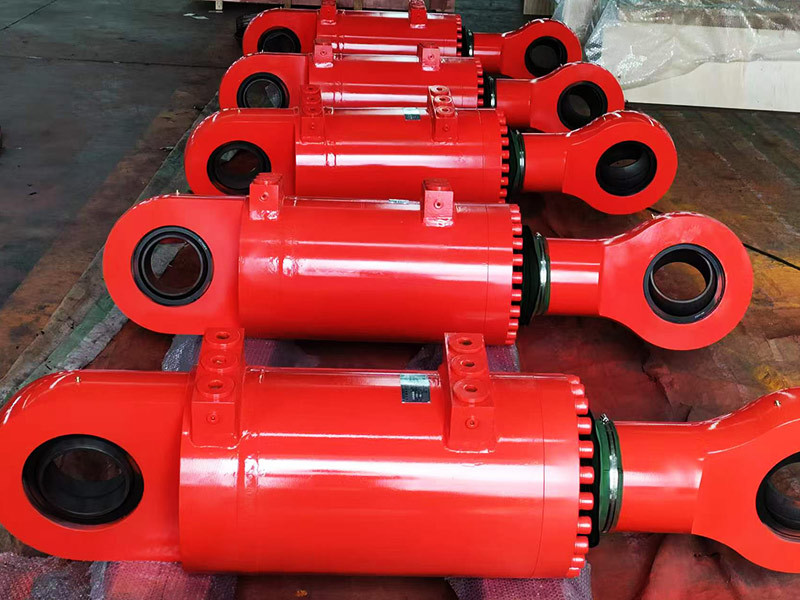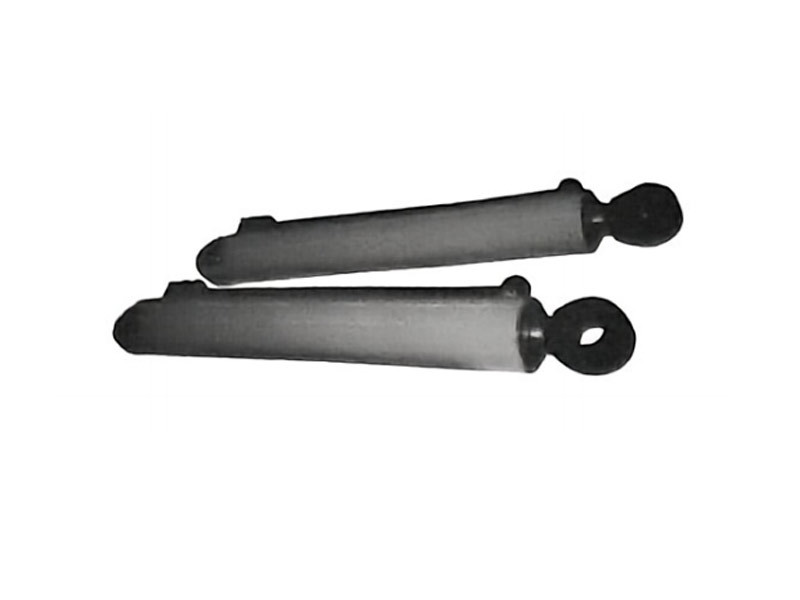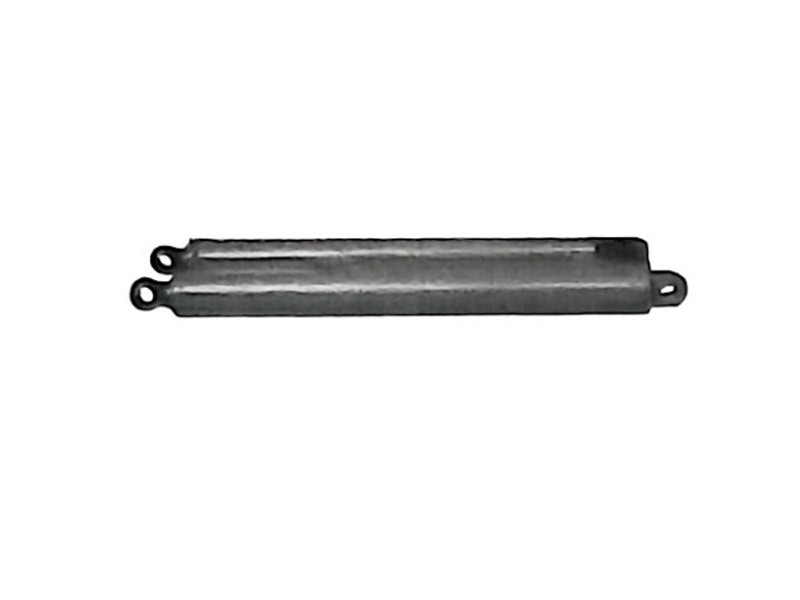
DYT (B) Series Electro-Hydraulic Push Rod
Summary: The main products produced by the company include: hydraulic cylinders, hydraulic systems, earth pressure balance roadheader, mud water balance roadheader and water treatment and other non-standard complete sets of equipment, as well as pneumatic components, various types of shafts, disk processing parts
- Product Description
-
◆ Overview
The DYT and DYTB series electric hydraulic push rods (referred to as electric hydraulic push rods) are suitable for reciprocating linear (or reciprocating rotating at a certain angle) motion, and can be used for lifting, lowering, or clamping workpieces. They can also be used in remote and high-altitude hazardous areas, and can be connected to a computer for centralized (program) control. They are now widely used in industries such as metallurgy, mining, coal, electricity, machinery, grain, cement, chemical, water conservancy, and transportation, making them an indispensable general power source.
◆ Principle and Function
1. Working Principle: The electric hydraulic push rod uses a motor as the power source. By rotating the motor in the forward (reverse) direction, hydraulic oil is pumped out under pressure through a bidirectional gear pump, sent through an oil circuit integration block, and delivered to the working cylinder to achieve the reciprocating motion of the piston rod.
2. Overload Automatic Protection Function: When the electric hydraulic push rod is working, if the external force on the piston rod exceeds the rated output or the piston has reached the endpoint, the motor continues to rotate. At this time, the oil pressure in the oil circuit increases to the set pressure, and the overflow valve quickly and accurately overflows, achieving automatic overload protection. Although the motor is rotating, it will not burn out.
3. Self-locking Function: The oil circuit integration block of the electric hydraulic push rod is designed with a pressure self-locking mechanism. When the motor stops rotating, the piston rod immediately stays in a certain position, and the pressure oil remains in a pressure-holding state.
4. Speed can be continuously adjusted within the rated speed range according to user requirements.
5. Push and pull force can be continuously adjusted within the rated output force range according to user requirements.
6. Stroke can be continuously adjusted within the rated stroke range according to user requirements.
◆ Comparison with Similar Products
The electric hydraulic push rod has the following advantages compared to electric push rods, electric actuators, hydraulic cylinders, and pneumatic cylinders:
1. It has reliable overload automatic protection performance. Even if overloaded or running to the stroke endpoint, the motor still operates normally without burning out or damaging other components. Electric push rods and electric actuators cannot be compared.
2. The electric hydraulic push rod can start under load, while electric push rods and electric actuators find it very difficult.
3. The same electric hydraulic push rod can continuously adjust its push and pull force within its rated range, providing a wide driving force range, which electric push rods and pneumatic cylinders cannot achieve.
4. Under the same thrust and speed conditions, the electric hydraulic push rod consumes half the electrical energy of electric push rods and electric actuators.
5. The electric hydraulic push rod uses full hydraulic transmission, with sensitive action and smooth operation, effectively reducing external impact forces, and accurate stroke control, which pneumatic cylinders, electric push rods, and electric actuators cannot achieve.
6. The electric hydraulic push rod adopts a fully integrated and closed structure of machine, electricity, and liquid, with the working oil circuit circulating in a pressure-free closed steel cylinder, making it compact, leak-proof, and easy to install and maintain. It does not absorb dust or water in harsh environments, and the interior does not corrode, resulting in a longer service life than pneumatic cylinders, electric push rods, and electric actuators.
7. Low investment. Pneumatic cylinders require expensive air compressor stations, and the air pressure pipelines are prone to leaks, leading to unstable air pressure and high noise; hydraulic cylinders require hydraulic stations, while electric hydraulic push rods only need to be connected to a power source to use.
8. Convenient maintenance. In special cases, the electric hydraulic push rod only needs to be replaced, while hydraulic cylinders require first slowly identifying the cause of the failure and then carefully repairing it, which can affect the normal operation of all work.
◆ Comparison Table of Electric Hydraulic Push Rods with Electric Push Rods, Electric Actuators, Hydraulic Cylinders, and Pneumatic Cylinders:
Comparison Items Comparison Results Electric Hydraulic Push Rod Electric Push Rod Electric Actuator Hydraulic Cylinder Pneumatic Cylinder Overload Automatic Protection Function Excellent Poor Poor - Can Excellent Good Self-locking Function Excellent Excellent Poor Excellent Poor Load Starting Excellent Poor - Can Can Extremely Excellent Can Does not burn out the motor Excellent Poor Poor Excellent / Continuously adjustable output force within rated range Excellent / Can Excellent Poor Continuously adjustable speed within rated range Excellent Poor Poor Excellent / Continuously adjustable stroke within rated range Excellent Excellent Excellent Excellent Poor Output Force Large Small Large Large Small Investment General Low High High Extremely High Energy-saving Effect Good Good Poor Poor Poor Mechanical Efficiency High Low Low High Low Control Method Simple Simple Complex Simple Simple Maintenance Amount Few Few Many Few Many Failure Rate Few Many Many General Many Impact Force Small Large Large Small Extremely Large Noise Low Low High Low Extremely High Volume General Small Large Small Large The DYT and DYTB series electric hydraulic push rods (referred to as electric hydraulic push rods) are suitable for reciprocating linear (or reciprocating rotating at a certain angle) motion, and can be used for lifting, lowering, or clamping workpieces. They can also be used in remote and high-altitude hazardous areas, and can be connected to a computer for centralized (program) control. They are now widely used in industries such as metallurgy, mining, coal, electricity, machinery, grain, cement, chemical, water conservancy, and transportation, making them an indispensable general power source.
◆ Shape Description
The electric hydraulic push rod is mainly composed of six basic elements: the type of push rod, the protection level of the motor, the rated output force, the stroke, the rated speed, and the usage angle. Additionally, according to special user requirements, three adjustment functions can be provided: speed adjustment, pulling force adjustment, and stroke adjustment (stroke switch positioning). Besides the three adjustment functions that must be specified in writing when ordering, please refer to the model compilation method to carefully fill in the six basic elements.
Taking "DYTZB1000-500/110-× type electric hydraulic push rod" as an example, the following explains how to select the model and the method of model compilation:
1. How to select the model: A certain location requires a vertically integrated electric hydraulic push rod, with the requirement that the motor is explosion-proof, a maximum thrust of 10kN, a stroke of 500mm, a maximum speed of 110mm/s, and a downward push angle. Therefore, the standard model of the selected electric hydraulic push rod is: DYTZB1000-500/110-x. (B is the explosion-proof mark, X indicates downward push)
2. Method of model compilation:

Key words:
Non-standard complete sets of equipment such as hydraulic cylinder, hydraulic system, earth pressure balance roadheader, mud water balance roadheader and water treatment, as well as pneumatic components, various shafts and plates
Product inquiry
The main products produced by the company include: hydraulic cylinder, hydraulic system, earth pressure balance roadheader, mud water balance roadheader and water treatment and other non-standard complete sets of equipment, as well as pneumatic components, various types of shaft, plate processing parts.
- All
- Product Management
- News
- Introduction
- Enterprise outlets
- FAQ
- Enterprise Video
- Enterprise Atlas






